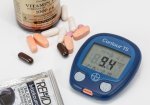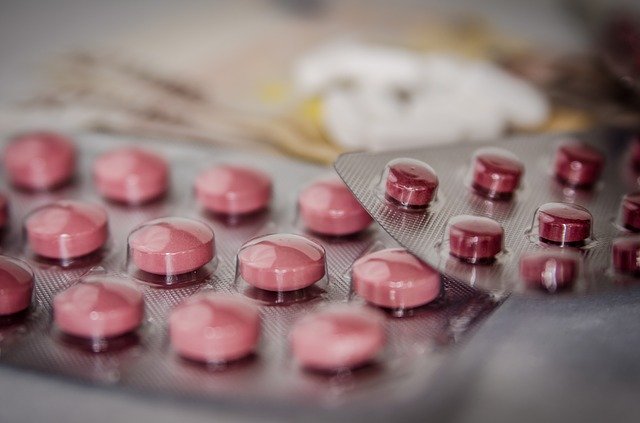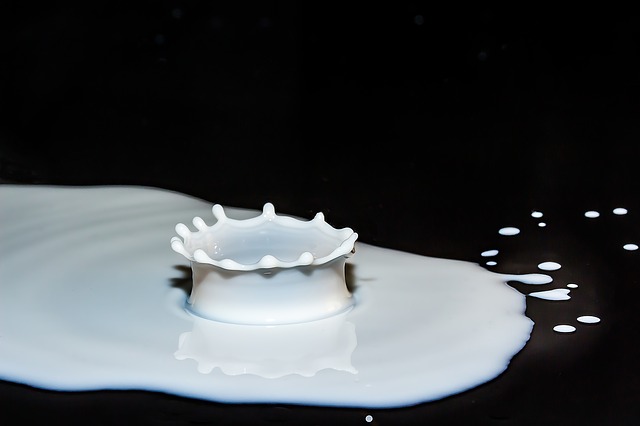High Blood Pressure Readings Overview
Understanding high blood pressure readings chart, in pregnancy and how to read them

Blood pressure numbers are important to blood pressure health. Normal blood pressure readings for an adult male or female is 120/80mmHg. This reading can slightly be higher or lower depending on the individual and can yet be considered normal. This is because normal blood pressure is understood in the context of a high normal reading, normal reading and low normal reading as indicated in the normal blood pressure chart below.
Normal Blood Pressure Chart
| Systolic Reading | Diastolic Reading | Comment |
| 130mm Hg | 85mm Hg | High Normal Blood Pressure |
| 120mm Hg | 80mm Hg | Normal Blood Pressure |
| 110mm Hg | 75mm Hg | Low Normal Blood Pressure |
When a person's blood pressure is in the high normal even though the reading is normal and accepted; it is important to note that the risk of cardiovascular disease also increases the greater the blood pressure reading deviates from the normal reading of 120/80mmHg.
The following high blood pressure readings chart presents a blood pressure chart showing different stages of hypertension. These stages are interpreted using blood pressure numbers from a blood pressure monitor. A single once-off measurement of your blood pressure is not enough to determine which stage one is. Instead doctors take blood pressure readings over a period of time which they average to designate the respective stage.
High Blood Pressure Chart
| Systolic Reading | Diastolic Reading | Hypertension Stage |
| 210mm Hg | 120mm Hg | Stage 4 |
| 180mm Hg | 110mm Hg | Stage 3 |
| 160mm Hg | 100mm Hg | Stage 2 |
| 140mm Hg | 90mm Hg | Stage 1 |
Understanding elevated blood pressure readings will make a life and death difference. Blood pressure is understood in the context of a systolic reading which is bigger and above the diastolic reading which is smaller and below the bigger systolic reading e.g 120/80mmHg. Blood pressure is measured in millimeters of mercury. Digital blood pressure monitors used in homes are calibrated for accuracy and consistency using the good old mercury blood pressure machines now mostly found in hospitals and some doctor's offices.
High blood pressure occurs when the systolic and diastolic numbers exceed 120/80mmHg. Considerations of dangerously high blood pressure readings begin when a person's blood pressure measurements reach 140/90mmHg. As stated earlier this increases the risk of cardiovascular problems namely heart attack, stroke, and even heart failure. As blood pressure continues to raise great danger beckons of organ damage such as kidney, eyes, liver, heart and brain.
High blood pressure numbers do not necessarily have to be of both systolic and diastolic readings as at the same time. It is possible and common to have an elevated systolic blood pressure reading in as much as it is possible to have an elevated diastolic blood pressure by itself.
Medically, an elevated systolic blood pressure reading with a normal diastolic blood pressure reading is known as high systolic blood pressure or isolated systolic hypertension. An elevated diastolic blood pressure by itself is known as high diastolic blood pressure or isolated diastolic hypertension.

Doctors often put patients on medication regimen targeted at reducing the particular elevated reading whilst at the same time making sure that the other reading does not become abnormally low. This in fact is a particular problem with isolated systolic hypertension patients in their 60s. Often attempting to reduce the high systolic blood pressure reading also drives down diastolic reading so much that it becomes a low diastolic blood pressure reading; in itself a cause of sudden and unexpected death during treatment.
Unlike what has prevailed in the past, in recent decades doctors are agreed that understanding high blood pressure readings of both systolic and diastolic measurements is important to effective hypertension treatment . In years past it was generally believed that the bigger systolic blood pressure reading was worth giving attention to the sidelining of the diastolic reading. Today both numbers are extremely important.
An elevation of any of the two readings i.e systolic or diastolic will obviously impact negatively on patients suffering from specific hypertension subtypes such as benign hypertension . They have the potential to upgrade benign hypertension into the more serious and dangerous accelerated hypertension also known as malignant hypertension.
Morning high blood pressure numbers
Morning high blood pressure readings are a concern to doctors primarily because they are difficult to detect. Medically, elevated morning high blood pressure readings are understood in the context of morning hypertension. Morning high blood pressure as it is also known often occurs between 6am in the morning and 9 am. As a matter of fact research shows that most heart attacks occur on Monday mornings. Doctors point to the lethal effect of morning hypertension and typical Monday morning stress as the week begins. These are significant contributing factors to cardiovascular arrest.
Investing in a home blood pressure monitors is very important in order to monitor morning high blood pressure readings as well as general blood pressure health. Knowing how to take blood pressure is as important as acquiring an accurate clinically approved blood pressure monitor equipment. Few blood pressure monitors can detect morning high blood pressure readings. At the time of writing only a selected few of the Omron blood pressure monitors were able to specifically detect morning hypertension apart from irregular heartbeat.
Controlling blood pressure readings can be achieved naturally as well as by using prescription high blood pressure medications. Doctors often arrive at the best way forward by making reference to predefined regularly updated hypertension guidelines issued by leading hypertension institutions such as the World Health Organization (WHO), the American Heart Association (AHA), the British Hypertension Society (BHS) and the European Society for Hypertension (ESH) amongst many others.
It is possible and recommended to lower your high blood pressure readings by changing your eating habits particularly through the elimination of high sodium processed foods and replacing them with lots of fresh fruits and vegetables. High blood pressure patients who reduce their sodium intake almost immediately show a remarkable fall in blood pressure numbers. The association between salt and high blood pressure has been well studied and the foregoing is the informed advice given.
Eating specific foods that lower blood pressure also results in a positive impact on blood pressure health. Patients with dangerously high blood pressure readings are almost always automatically doctor committed to high blood pressure medications in addition to drastic lifestyle changes involving dietary modifications and stopping smoking and alcohol consumption.
High blood pressure readings in pregnancy
Hypertension in pregnancy is a general occurrence amongst pregnant women. Pregnancy itself is identified as the cause of the high blood pressure measurements. Even when pregnant, women are to maintain a normal reading of 120/80mmHg. However doctors may allow it to raise up to 140/90mmHg without raising alarm. Beyond this doctors may recommend bed rest, light guided exercise and further changes to diet to lower salt consumption which salt contains sodium. In worst case situations, doctors may decide to induce delivery considering that the baby was almost reaching full term.

Return to Hypertension Guidelines from High Blood Pressure Readings
Return to Hypertension Home from High Blood Pressure Readings
Disclaimer
Information contained on this website is not meant to replace your doctor's advice.
(c) All Rights Reserved. 2010-2018











